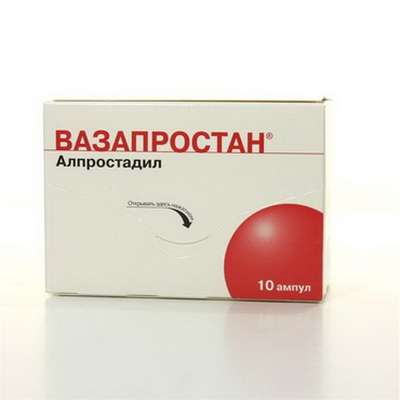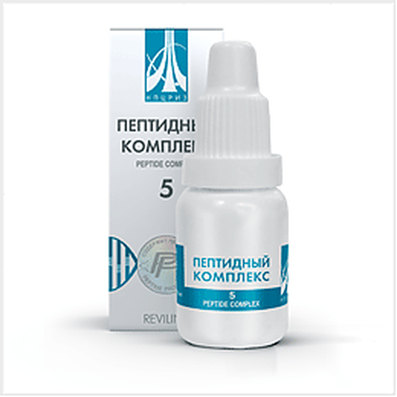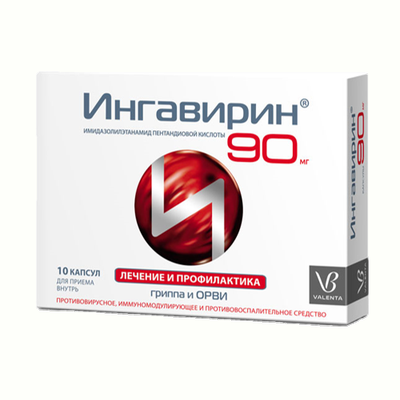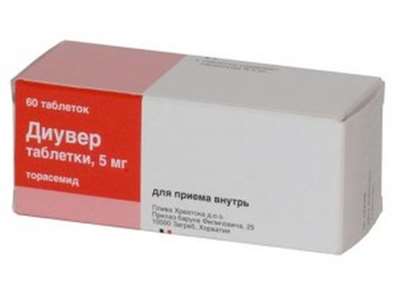Doping in Youth Sports
17 Oct 2016
The increasing role of sport in modern society has led to the fact that the identity of a high class athlete acts as ideal for a large part of young people, so the public is not indifferent to what values shall sports in the face of this person.
At the same time, numerous publications in periodicals and scientific journals demonstrate the distortion of moral Olympic ideals in sport: doping, which has become the scourge of sport, unfair conduct of wrestling, the commercialization of sports, care of athletes in criminal structures.
The increase in negative trends in the sport is dangerous in that they are increasingly penetrate the youth and even in children's sports.
The need to find ways to confront the negative phenomena in sport, strengthening its humanizing actions more clearly understood in society, evidenced by the materials in the press, as well as the emergence of various social movements defending the spiritual ideals of sport.
At the same time, scientists views on humanizing and dehumanizing role of sport in society, far from ambiguous. In the center of controversy scientists is the question of its impact on the identity of the athlete. And if some researchers argue that sport has a positive effect on the individual athlete, others disagree. At the same time, there are several points of view on the reasons for the negative impacts of sport on the individual athlete.
Some see the reason for this situation in the specifics of the competitive sports, while others associate it with the competition rules, others believe that the main reason in the public and social relations that prevail in society.
A number of authors focuses on the fact that the sport inherent negative trends, others argue that it is the professionalization of modern sports has led to the dehumanization of a number of values cultivated in the sport.
Especially important to solve this problem now with respect to the young athletes, as the "rejuvenation" of high performance sport has led to what is already a teenager sports activities, becoming a leading for a certain group of young athletes (students in schools of Olympic reserve, sports boarding Youth professional clubs), largely determines the formation of their personality.
Doping in children's sports is dangerous, that, despite the threat to the health of young athletes are willing to make any sacrifice for the sake of conquering the highest step of the podium. Using a powerful stimulant, they seek to achieve the result that in the end turn out to be in the national team of the country. At the same time, using illegal drugs, youth practically deprives himself of the possibility of further growth in the sport.
In the light of the issue, it is necessary to pay attention to the following statistics. In 2006, Russian youth on the domestic championship in athletics tested 800 young sportsmen central regions. As a result of doping - samples were positive in 18% of them. Such statistics were also in Belarus. At the International Congress on Anti-Doping in Vilnius Belarusian experts gave a figure of 22%. It is doubly unfortunate that caught doping in not elite and young athletes aspiring to a place in the national team of the country.
Among children athletes are the most common Anabolic Steroids. These drugs boost the production of testosterone in the body and thus allow to increase muscle mass faster. Diuretics (Furosemide, Lasix) are also very common - a diuretic used to disguise the use of prohibited substances or to lose weight as quickly as possible, which is especially important if a sport that the athlete is involved, there are weight categories. Often found in samples of Cannabinoids - cannabis marijuana.
In Russia, the sport involved about 20 million Russians, including not less than four million children and adolescents. Experts point out that the statistics that would reflect the spread of doping among young athletes, not carried out in Russia.
"But judging by the developed countries, the situation is catastrophic, - says Nikolay Durmanov. - In the US, for example, up to one million high school students and college students regularly use anabolic steroids. Most of all, our children are not far behind their peers overseas, and trends suggest that this gap can be overcome in the near future. "
Abroad, the problem of doping in sports among young people is no less acute.
Thus, it is revealed that French pupils are often used illegal doping substances to improve athletic achievements. This was stated by the Regional Management specialists Youth and Sports, analyzed the results of a survey of 3500 children attending school in eastern France.
Students 11 years of age filled out questionnaires, answering questions regarding the use of prohibited substances list of the World Anti-Doping Agency (WADA), except in designated for medical reasons, as well as tobacco, alcohol and marijuana. In addition, children are informed about their sports activities and achievements, self-esteem, anxiety level and state of health in general. Repeated survey carried out every six months for four years.
The survey of researchers led by Patrick Laure found that 1.2% of children 11 years of age used doping drugs to stimulate the physical and nervous activity, intending to improve their athletic performance. Among 15-year-olds, the figure rose to 3%, with 62% of them used a drug on a weekly basis, and 24% - on a daily basis. 44% of children who used doping, said that they could win at least one sporting event using banned drugs.
As doping children most often used drugs such as Salbutamol (45%), Corticosteroids (10%) and Mildronate and marijuana (6%). In addition, the use of other stimulants and Anabolic Steroids. About side effects associated with the use of performance-enhancing drugs (unmotivated aggression, change of voice, loss of consciousness, etc.), reported 4% of children.
The most commonly used illicit drugs boys with low self-esteem and a high level of anxiety that set aside for training more time, scientists have informed.
A detailed report on the results of the study were published in the British Journal of Sports Medicine.
A similar picture is revealed and American researchers. According to them, in particular, women in the US are too addicted to steroids. We are talking about Anabolic Steroids, designed for professional bodybuilders - and not in order to build a sports career, reports Associated Press. Starting from 9 years of age, girls begin to take drugs to have the same shapes as that of model and movie star.
Professor Charles Yesalis from the University of Pennsylvania (Pennsylvania State University) notes that since the mid 90-ies of the last growing consumption of drugs based on Testosterone girls. And, according to other studies, that these girls are observed various types of eating disorders.
In general, up to 5 percent of high school girls and 7 percent of middle school girls trying anabolic steroids at least once. Some girls use drugs for their intended purpose - to achieve certain sporting results, but more and more Americans use steroids simply as a means of maintaining the tone.
Meanwhile, the uncontrolled use of steroids girls on the advice of friends or on information obtained from the Internet, can lead to serious consequences - disorders of puberty, the menstrual cycle failure, skin problems and hair, depression, paranoia, seizures, unprovoked aggression.
The data obtained from the results of the annual survey of risky behavior of adolescents, which is sponsored by the federal government and carried out by specialists of a number of American universities. According to the head of the program Professor Lloyd Johnston from the University of Michigan, hazards for the health of adolescent girls such behavior can only be compared with pedophilia.
In recent years, the proportion of young people engaged in physical culture and sport, has increased significantly, while the cases of the use of doping agents in the children's and youth sport.
Selective doping control conducted in several club teams of Moscow, has shown that a large number of athletes, including young people, regularly use doping substances. The problem of the use of prohibited substances is particularly acute among the categories of athletes, for which is not carried out doping controls.
Approximately one third of the total number of doping agents comprise drugs and psychotropic substances, which is directly connected with the problem of addiction.
In Russia, as noted by many researchers to this problem, in the preparation of athletes in sports establishments of an additional education the problem of doping control is neglected.
Because, in fact, in the Russian anti-doping programs among young athletes are only in Moscow. the entire infrastructure for permanent and quality of anti-doping education and monitoring established in the Center of innovative sports technology Moskomsporta.
On the territory of the Olympic sports complex "Luzhniki" has opened a laboratory for the detection of banned substances in the body athletes. In this laboratory, conducted the study of samples taken from the students of sports educational institutions, in order to detect and prevent the use of prohibited substances. Moscow was the first Russian region has developed and begun to implement a comprehensive anti-doping program.
Work on the organization of doping - control of the country's National Anti-Doping Organization deploys RUSADA. The organization participated in the dope - control at the Russian Winter and Summer Student Games in 2009. Regularly conducted testing for youth competitions in those sports where the risk is particularly high doping.
At the IV Summer Olympics under control were 11 species. Athletes from rowing and rowing and canoeing tested in Rostov-on-Don. The rest of the samples were taken in the capital of Olympics Penza - there, in the field of attention RUSADA employees were athletics, cycling (road, track, BMX), boxing, triathlon, swimming, weightlifting. In addition, tests were carried out on the competition in equestrian sport. There were more than 240 samples taken. Tested only those who hit the prize three athletes were selected by the drawing of lots. General purpose control - preventing the use of illicit drugs.
Young athletes checked in accordance with the International Standard for Testing WADA as well as adult athletes. The only addition to the procedure - the mandatory presence of an adult representative of a minor athlete. If he refuses the presence of a representative during the sample collection procedure, this fact certainly entered into the protocol of doping - control, although the test results is not considered invalid.
The samples of child athletes fully explore all groups of prohibited substances. In accordance with international rules - in a laboratory does not receive data about the athletes, including information on the age of the person who has provided the sample.
In Singapore, the capital's first ever Summer Youth Olim-piyskih games - 2010 was anti-doping seminar, which was attended by representatives of the National Olympic Committee and the Organizing Committee of the Singapore 2010 Games was attended by representatives of the World Anti-Doping Agents (WADA).
The main event of the seminar, in addition to the adoption of the principles of anti-doping controls, was the decision on the number of athletes who will submit to doping - control at the Junior Olympics. There will be a very large number - comparable with adults Games: samples are taken in 1,300 of the 3,000 participating athletes.
Sports physicians, coaches and athletes themselves insufficiently knowledgeable about the permissibility of the use of certain drugs, held insufficient preventive measures. Until recently, there were also problems with providing athletes with quality nutritional supplements, means recovery and improve efficiency.
The statute of the WADA and the main policy documents, as emphasized by the executive secretary of the Anti-Doping Commission of the State Committee Russian Timur Absalyamov, great attention is paid to information and educational work with the athletes. And not only with the elite of the sport, but also with the young athletes and their parents. This will create a certain background information when the use of illicit drugs will be regarded as evidence of bad taste.
In order for parents to help young athletes in anti-doping propaganda must be their initial education, and sometimes corrective work.
Today, there is a need for urgent measures to combat the spread of doping in sport, especially in children's and youth sport. The first step is to develop and implement anti-doping information and education programs.

 Cart
Cart





